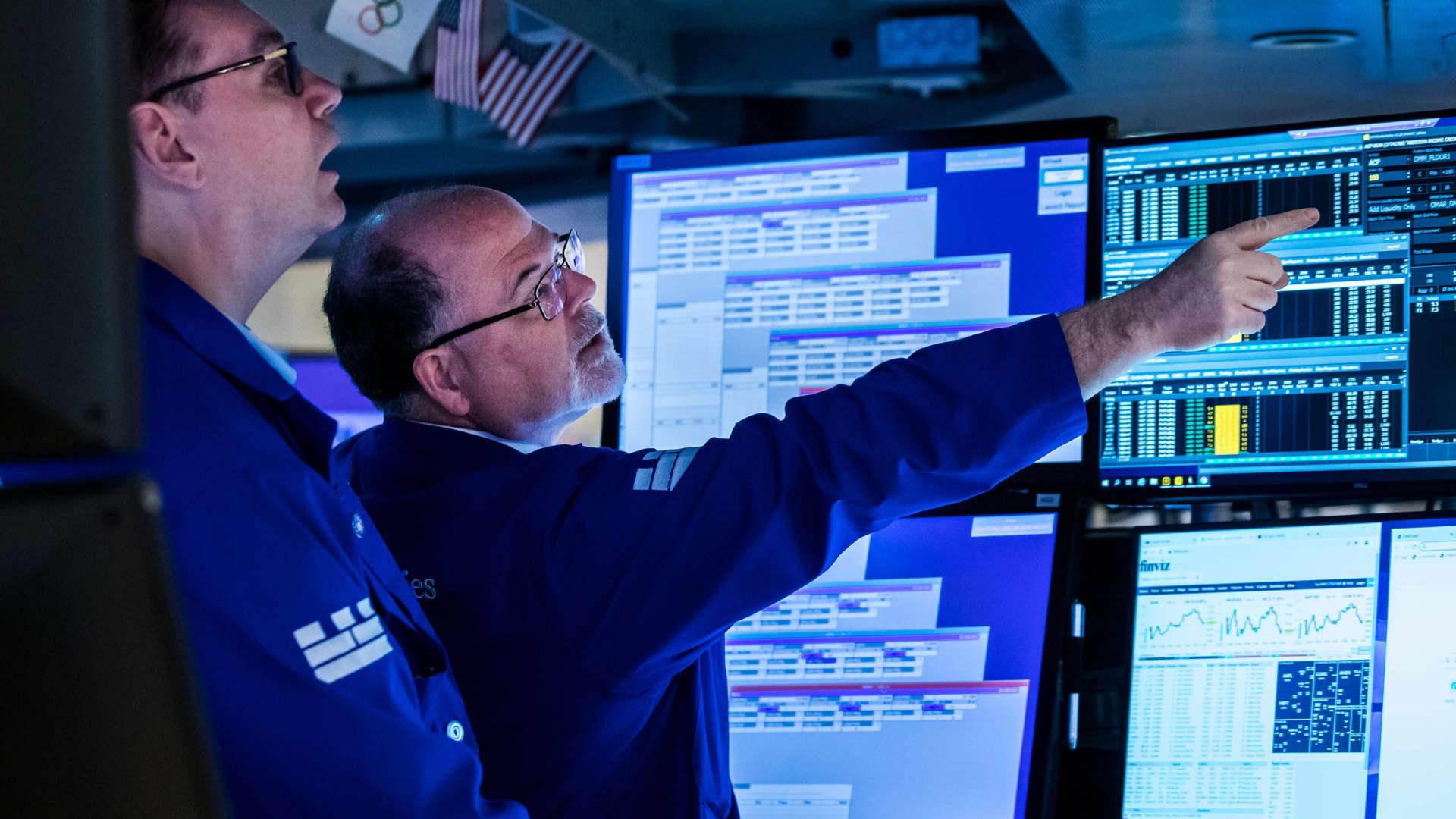
Over the past six weeks, we’ve been high-grading the portfolio into companies that we think can work in the current investing environment — a market concerned about a Federal Reserve -mandated economic slowdown in the U.S. to fight rampant inflation and Covid lockdowns in China slowing growth in the world’s second largest economy. As Club members, you know that we’ve said it over and over again, but it bears repeating that stocks working right now are ones that make stuff and provide services at a profit, return cash to shareholders through dividends and buybacks, and trade at reasonable valuations. Bullpen addition To that end, we want add Whirlpool to our Bullpen , which acts as our potential list of stocks that we may want to buy and make part of the our portfolio. The appliance maker behind its namesake Whirlpool brand, KitchenAid, Maytag, and several others checks many of the boxes in what we look for in a stock. Shares have been hit hard this year because of supply chain headaches and concerns about the housing market to which it is a key supplier. But at its current level, WHR sells for around 7.5 times the midpoint of its new 2022 EPS guidance and pays a dividend that yields about 3.8%, making it what we like to call an accidental high yielder. Accidental high yielders are quality companies that pay an above-market dividend yield mostly because the stock price has come down so much due to broader market forces. Whirlpool is also buying back a huge proportion of its own stock — its current repurchase authorization would be enough for roughly a third of its shares outstanding. Perhaps more importantly, Whirlpool announced last month that it’s exploring strategic options for its European business, which lost money this past quarter. If the company were to end up selling its European operation at a good price, we think two things could happen. First, management has more firepower to buy back stock and reinvest in the business. Second, we could make the argument that WHR would be deserving of a higher price-to-earnings multiple because it would no longer be weighed down by a weaker margin business. We acknowledge that Whirlpool may be challenged operationally in the near term as the housing market cools down due to higher rates and increasingly unaffordable home selling prices. But that’s where WHR’s large dividend comes in, paying investors to wait for earnings visibility to improve and the strategic action catalyst to unfold. Recent initiations Recapping our most recent initiations, which exemplify our high-trading strategy, we bought on April 7 a household products company in Procter & Gamble (PG), which last quarter delivered 10% organic sales growth with 5% pricing gains. We picked up beer maker Constellation Brands (STZ) on May 5 as its sales growth should remain resilient despite a tricky macro environment. We called up health insurer Humana (HUM) from the Bullpen on April 19 , which recently reported a quarterly beat and raise. We continue to see Humana’s Medicare Advantage trends reaccelerating next year. You know we’ve made it a point to increase our exposure to energy. We’ve stressed this on nearly every dip in oil and natural gas prices this year. Our two recent energy initiations were of Coterra Energy (CTRA) on April 14 and former Bullpen name Pioneer Natural Resources (PXD) on Monday . They’re a pair of independent oil and gas exploration and production companies generating massive amounts of free cash flow and returning the majority of that cash to shareholders through S & P 500 leading dividend yields. High grade potential However, the act of high grading is never ending. Even after this wave of new initiations, we are still looking for new opportunities and better places to put our money to work. With our bullpen now on the lighter side after calling up a handful of names, we want to refresh a company already on the list, in addition to putting Whirlpool on it. We put Johnson & Johnson in the Bullpen in mid-March because we liked its defensive qualities at a time of macro uncertainty. It was a nice call back then as shares have gained nearly 4% compared to a roughly 2.5% decline in the S & P 500. Even after its stretch of outperformance this year, we still have our eyes on J & J. We continue to like the merits behind Johnson & Johnson’s upcoming separation of its consumer staple-like Consumer Health Business from its faster-growing Pharmaceutical and Medical Device business. The breakup makes a lot of strategic sense to us as the two independent, market leading companies will become more focused, allowing management to move faster and more effectively allocate capital as they navigate different industry trends to meet the needs of their customers and patients. (Jim Cramer’s Charitable Trust is long PG, STZ, HUM, CTRA and PXD. See here for a full list of the stocks.) As a subscriber to the CNBC Investing Club with Jim Cramer, you will receive a trade alert before Jim makes a trade. Jim waits 45 minutes after sending a trade alert before buying or selling a stock in his charitable trust’s portfolio. If Jim has talked about a stock on CNBC TV, he waits 72 hours after issuing the trade alert before executing the trade. THE ABOVE INVESTING CLUB INFORMATION IS SUBJECT TO OUR TERMS AND CONDITIONS AND PRIVACY POLICY , TOGETHER WITH OUR DISCLAIMER . NO FIDUCIARY OBLIGATION OR DUTY EXISTS, OR IS CREATED, BY VIRTUE OF YOUR RECEIPT OF ANY INFORMATION PROVIDED IN CONNECTION WITH THE INVESTING CLUB. NO SPECIFIC OUTCOME OR PROFIT IS GUARANTEED.




